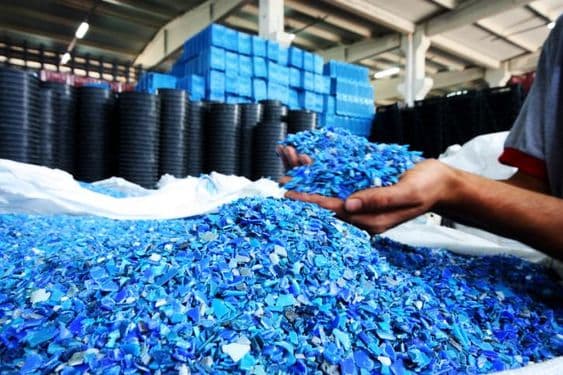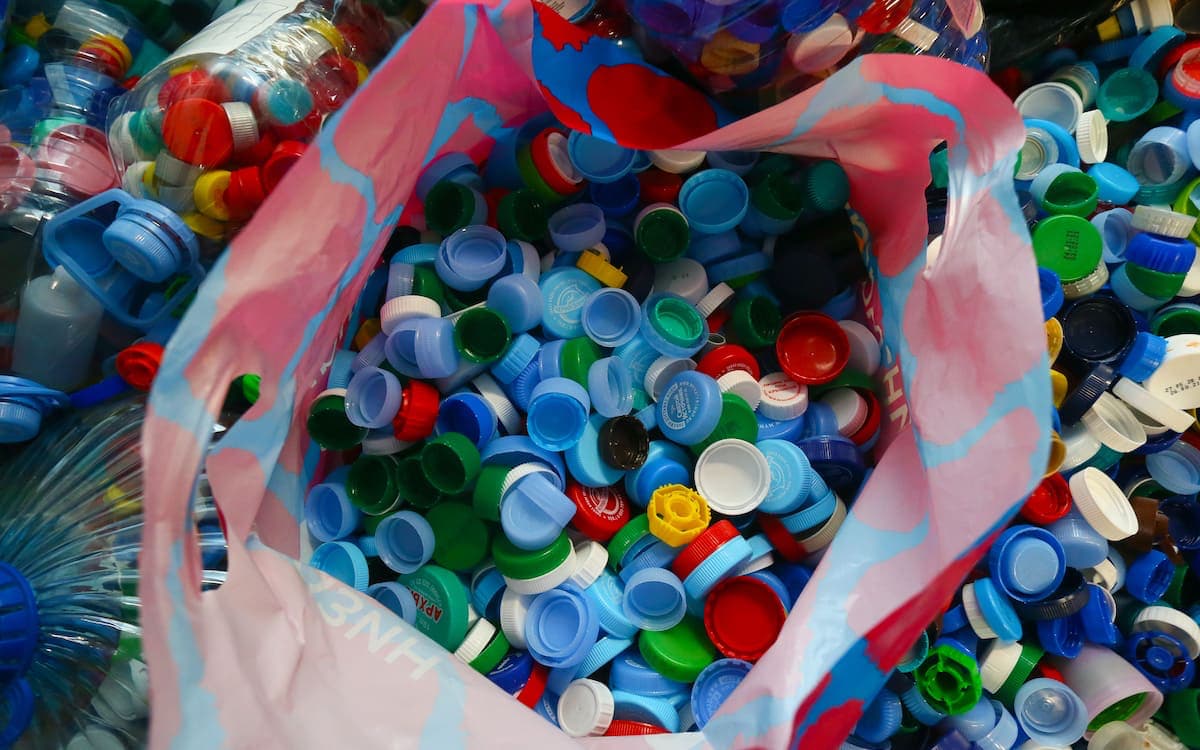Plastic recycling has emerged as a pivotal focal point in addressing the pressing environmental crises confronting the globe today. The relentless accumulation of plastic waste in our oceans, the contamination of terrestrial ecosystems, and the subsequent peril posed to biodiversity demand immediate and transformative intervention. In the foreseeable future, we are poised to witness revolutionary advancements in technologies that will not merely enhance the efficiency of plastic recycling but also render the process more sustainable and resource-efficient. This discourse delves into the critical innovations poised to redefine the landscape of plastic recycling, ranging from the integration of bioplastics to the infusion of artificial intelligence and the utilization of microbial-based technologies.
Bioplastics and alternative materials
Bioplastics and alternative materials are one of the most promising areas of plastic recycling and can play a key role in reducing pollution. These materials are made from renewable sources such as plants (corn, potatoes, sugar cane) or organic waste, which greatly reduces the dependence on petroleum used to produce traditional plastics. For example, polylactide (PLA), derived from corn starch, degrades faster and is less harmful to nature than its petroleum-based counterpart. This not only reduces the amount of plastic waste, but also reduces the carbon footprint, as the production of bioplastics requires less energy and resources.
Furthermore, researchers are intensively exploring the creation of novel materials derived from algae, agricultural by-products, and other eco-conscious sources. These groundbreaking innovations hold the potential to profoundly transform the paradigm of plastic recycling by offering viable alternatives to conventional synthetic polymers. Take, for instance, bioplastics synthesized from algae—these materials possess the remarkable ability to dissolve in aqueous environments without inflicting damage on marine or terrestrial ecosystems. In the near future, such advancements may become integral to fostering a sustainable ecological equilibrium, playing a crucial role in combating the pervasive threat of plastic pollution.
Microbial plastic recycling: perspectives and discoveries
Microbial plastic recycling is an emerging field where microorganisms and enzymes break down plastics into safer components. This method could revolutionize recycling, as traditional techniques often struggle with resilient materials like polyethylene and polyurethane.
Scientists have already made progress in developing bacteria and fungi that can degrade plastic:
- The bacterium Ideonella sakaiensis efficiently degrades polyethylene terephthalate (PET), a plastic commonly found in bottles, into non-harmful components.
- Pestalotiopsis microspora fungi: These fungi can break down polyurethane, one of the most resistant types of plastic, and it does so even in oxygen-limited conditions.
- Enzymes capable of breaking down plastic molecules, including polyethylene and other thermoplastics, are accelerating the recycling process by enhancing degradation efficiency.

Advantages of microbial plastic recycling:
- Environmentally friendly: The process occurs without the use of chemicals, minimizing the impact on the environment.
- Flexible: Microorganisms can recycle different types of plastic, making the method versatile.
- Cost-effective: In the future, the use of microbes and enzymes may become cheaper and more energy efficient than traditional recycling methods.
Nanotechnology in recycling: improving efficiency
Nanotechnology ushers in new possibilities for plastic recycling by enhancing both the quality of recycled materials and the speed of degradation. Nanoparticles and nanomaterials possess distinct properties that optimize recycling efficiency while minimizing environmental impact.
The main applications of nanotechnology in plastic recycling are:
- Improving mechanical properties: Nanoparticles such as carbon nanotubes or graphene can increase the strength and resilience of recycled plastic, improving its durability and functionality.
- Decomposition acceleration: Nanomaterials, such as titanium and silver nanoparticles, can accelerate chemical reactions that decompose plastic molecules, reducing recycling time and improving plastic decomposition efficiency.
- Nanofiltration and purification: Nanofilters effectively remove microplastics from water and air, which helps in the fight against environmental pollution.
- New recycling methods: Nanotechnology can lead to smart plastics that can initiate their own end-of-life decomposition, providing sustainable and self-regulating materials.
Intelligent recycling systems and automation
The future of plastic recycling is intricately linked to artificial intelligence (AI) and automation. By integrating smart technologies into the sorting and recycling processes, efficiency will be enhanced, operational speed increased, and recycling accuracy improved, all while reducing dependency on human labor.
Key applications of AI and automation:
- Smart sorting systems: AI enables robots to accurately recognize and sort plastic materials with minimal errors. This speeds up the process and improves the quality of recycled materials.
- Automated recycling: Robots and automated lines speed up steps such as shredding, drying and baling plastic, increasing plant productivity and reducing labor costs.
- Intelligent Waste Management: AI optimizes the collection and transportation of plastic waste by analyzing data and forecasting recycling capacity requirements.
- Data Analytics and Forecasting: Big data and machine learning enable real-time predictions of plastic waste volumes, enhancing recycling efficiency through precise, data-driven insights.
- Improving Recycling Quality: Machine learning systems leverage data to refine recycling processes, reduce waste, and enhance overall efficiency.
Chemical recycling and the circular economy
Chemical recycling breaks down plastics at the molecular level, recovering their original chemical components and enabling more efficient reuse. When integrated with the circular economy model, these technologies promote the effective redistribution of plastic materials and significantly reduce waste.
Basic chemical recycling methods:
- Pyrolysis: This process involves heating plastic in the absence of oxygen, breaking it down into oils, gas, or carbon, which can be repurposed to produce new plastics or other chemical products. It enables the recycling of even challenging materials like polyethylene.
- Hydrolysis: This method employs water and high pressure to decompose plastics like PET into their chemical components, which can then be utilized to manufacture new products.
- Hydrogenation: The use of hydrogen to convert plastic into synthetic hydrocarbons that can be used as fuels or chemical products.
Closed loop economy
The circular economy concept emphasizes the continual reuse of materials without compromising quality. In chemical recycling, this translates to the repeated recycling of plastics, reducing the reliance on virgin resources and significantly minimizing waste.
- Recycling and Reuse: Chemical recycling enables the creation of plastics that can be recycled endlessly, enhancing sustainability.
- Waste Reduction: It plays a crucial role in significantly decreasing plastic waste, thereby streamlining recycling processes.
- Sustainable Production: By facilitating the use of reusable plastics, chemical recycling reduces reliance on natural resources and minimizes the carbon footprint.
